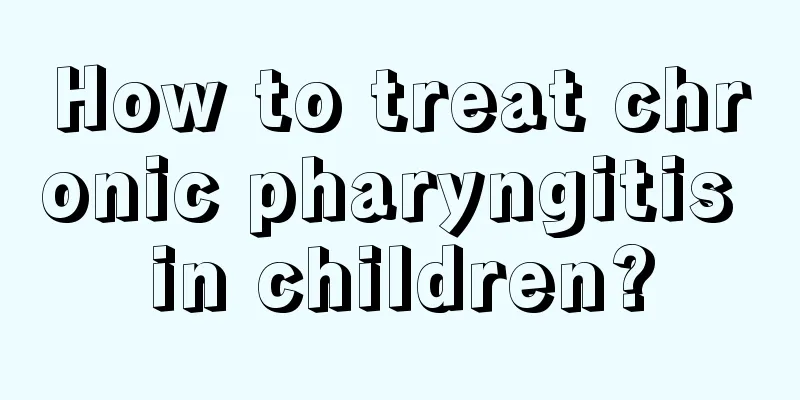How long does it take for a baby to grow flowers?

|
People who have never given birth don’t know what planting flowers is, but people who have given birth know that it means getting a BCG vaccination. After the vaccination, the child’s body can fight against some bacteria and viruses, and at the same time prevent very serious tuberculosis. After all, tuberculosis and tuberculous meningitis are very serious diseases that will have a huge impact on the body. The so-called planting flowers is to vaccinate the so-called planting flowers is to vaccinate the BCG vaccine Tuberculosis (TB) is a vaccination used to prevent tuberculosis in children. Vaccination can give children special resistance to tuberculosis. Since this vaccine was invented by two French scholars, Camille and Geran, in order to commemorate the inventors, this vaccine for preventing tuberculosis was named "BCG". At present, most countries in the world have listed BCG as one of the vaccines that must be administered in their immunization programs. The main targets of BCG vaccination are newborns and young children. Vaccination can prevent tuberculosis in children, especially those serious types of tuberculosis, such as tuberculous meningitis. Precautions ⒈ This vaccine is strictly prohibited for subcutaneous or intramuscular injection. ⒉ Do not use the same syringe for BCG vaccination to avoid increasing the infection rate of hepatitis. Do not use ampoules that are cracked or expired. ⒊ When used simultaneously with other vaccines, the injection should not be given on the same side. ⒋ After vaccination, the patient should be isolated from the tuberculosis patient for 2 months to avoid infection during this period. A tuberculin test should be performed again after 2-3 months. A positive result indicates successful vaccination, and a negative result should be re-vaccinated. Revaccination should be performed every 3-4 years thereafter, and a tuberculin test should be performed before revaccination. ⒌ Live bacterial vaccination of patients with reduced immunity after chemotherapy may lead to serious or even fatal infection. The interval between stopping chemotherapy and receiving live vaccination should be at least 3 months. ⒍ If scars appear after injection, avoid surgical excision during treatment. Local blockade therapy can be used. Mix 12.5mg of hydrocortisone acetate, 100-300mg of isoniazid, and an appropriate amount of 0.5% procaine solution. Use a sterilized syringe to inject the mixture locally, twice a week, for 10 consecutive times, stop for 2 weeks, and then continue the injection until the keloid becomes flat. ⒎ Redness, swelling and infiltration may occur locally about 2 weeks after vaccination. If it subsequently turns to purulent form and forms a small ulcer, 1% gentian violet can be applied to prevent infection. Generally, scabs will form in 8-12 weeks. If local lymph nodes are swollen, hot compresses can be used for treatment. If pustules have softened and formed, pus can be drained with a sterile syringe. If perforation has occurred, 10% sulfa ointment or 20% para-aminosalicylic acid ointment can be used for treatment. ⒏ The product should be kept away from light during use, and live bacteria should not be exposed to sunlight. ⒐ Do not inject subcutaneously during intradermal immunization, otherwise it will cause severe deep abscesses that will not heal for a long time. Excessive injection doses may cause abscesses or lymphadenitis at the vaccination site. The recommended dose should be followed. ⒑ The vaccination object must register in detail the name, gender, age, address, vaccine batch number and sub-batch number, manufacturing unit and vaccination date. ⒒ Those who prepare this product should wear gloves, masks, and isolation gowns. Containers, syringes, and other items that have contained vaccines should not be used for other injections to prevent suppurative reactions. They should be disinfected before being discarded. ⒓ Lyophilized injection vaccine dilution method: Use a sterilized 1mL syringe to accurately draw the required amount of diluent that comes with the product into the lyophilized BCG ampoule. After leaving it for 1 minute, shake the ampoule to dissolve it. Use the syringe to draw it back and forth several times to mix it thoroughly. Each ampoule must be used up within half an hour from the time of dilution to prevent contamination. [Avoid] People with tuberculosis, acute infectious diseases, heart, kidney, brain and other diseases, extreme malnutrition, eczema and other skin diseases, and HIV infection are not eligible for vaccination. A tuberculin skin test must be performed before use, and only those with a negative result can be vaccinated. |
<<: What should I touch when my baby's neck is submerged?
>>: When is the best time to wean your baby?
Recommend
What happens if there is yellow mucus in the child’s eyes?
It is usually normal for people to have eye mucus...
The child keeps yawning, does it mean he didn't sleep well?
If a child keeps yawning during the day, it means...
Benefits of bathing your baby
In daily life, people often take a bath to soothe...
What should I do if my five-year-old child has repeated fevers?
Fever is the most common disease among children. ...
Reasons why babies kick off the quilt when sleeping at night
Every child has a different physical condition. M...
Can arthritis in children be cured?
Arthritis is a rather distressing disease that mo...
How to correct baby's pigeon feet
The symptom of babies' pigeon feet may be cau...
Reasons for excessive sweating on baby's head
Some mothers have recently discovered that their ...
What food is suitable for children with cold and fever
We all know that people who are hospitalized have...
Symptoms of breast development in girls
Girls and boys develop differently. The general r...
Is there a treatment for congenital heart disease?
Congenital heart disease is the most common type ...
How to treat eczema in children? There are some tricks to get rid of eczema
Eczema is a common allergic, non-infectious, alle...
Can bronchial asthma in children be cured?
Bronchial asthma is very common among children in...
How to deal with burns and peeling of children
When the baby is scalded again, parents must not ...
What is the standard weight for a three-month-old baby?
For parents, during their baby's growth stage...









